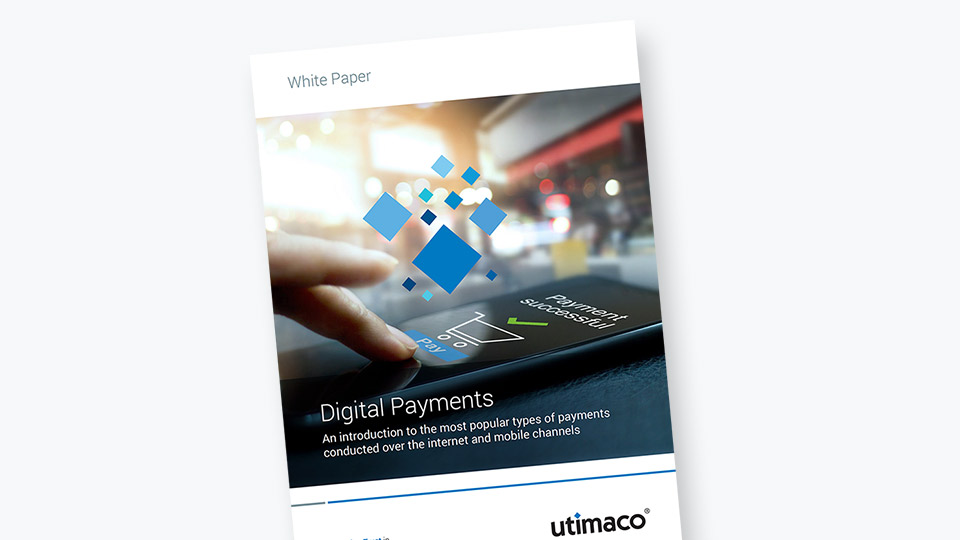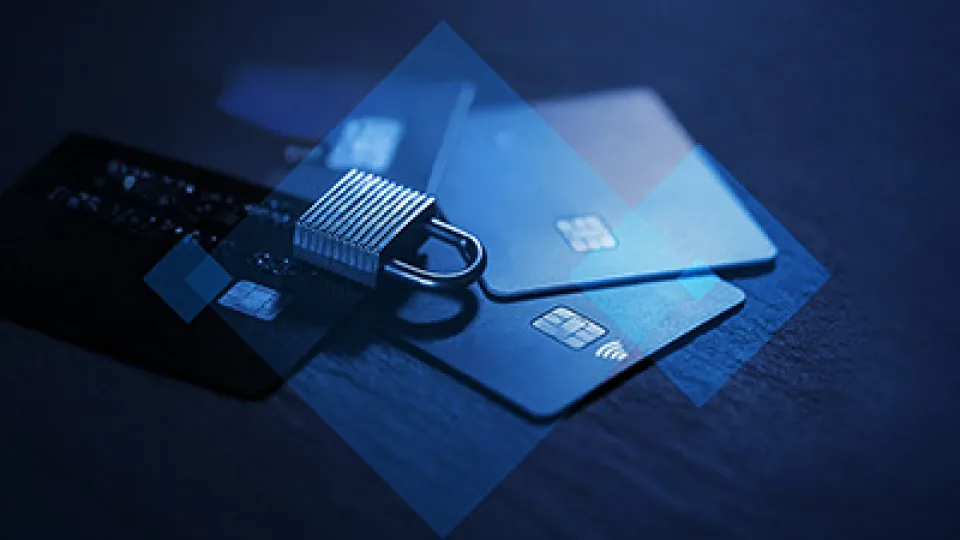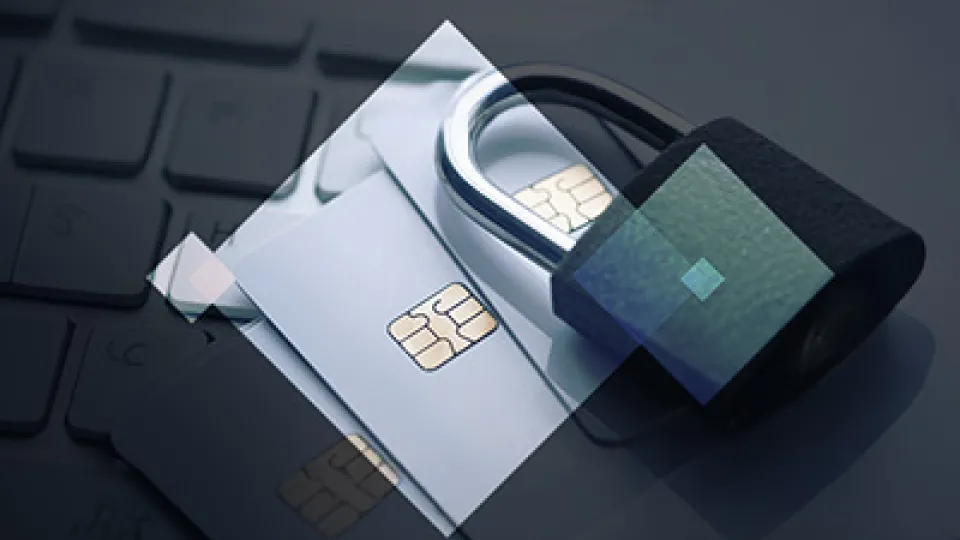Retailers have long been vulnerable to cyber crimes due to their reliance on technology for various aspects of their business. With the rise of e-commerce and the integration of online and offline operations, retailers are increasingly vulnerable to cyber-attacks.
This article explores the current state of cybersecurity in retail, the reasons why retailers are vulnerable to cyber crimes, and the various payment security challenges they endure.
The Hybrid Nature of the Retail business model
The diversity of retailers' business models is one of the primary reasons they are vulnerable to cybercrime. Many retailers operate both physical locations and online e-commerce platforms, which require distinct types of technology to operate. The result of this hybridization is a complicated ecosystem that often proves difficult to maintain and secure.
Hackers can obtain access to sensitive information by exploiting flaws in either the physical or digital components of a retailer's operations. They increasingly target retailers’ payment systems, supply chains, and customer data.
Cybersecurity in Retail: Issues and Best Practices
Cloud-based Botnets
The use of cloud-based botnets, for example, can be particularly damaging to retailers. In a traditional botnet, the botmaster (a person who operates the command and control of botnets for remote process execution) uses a command and control (C&C) server to communicate with and control the botnet.
However, in a cloud-based botnet, the botmaster uses cloud-based services to perform the same functions. Due to their scale and flexibility, cloud-based botnets are becoming increasingly popular among cybercriminals. With cloud-based botnets, the botmaster can easily add or remove bots to the network, and can quickly scale up or down the botnet's resources as needed. Furthermore, as cloud-based botnets can operate across several cloud servers and regions, they can be more difficult to detect and eliminate.
When a botnet is used for malicious purposes, it can launch distributed denial-of-service (DDoS) attacks that can take down a retailer's website and prevent customers from accessing their online store. This can have a significant impact on sales and brand reputation.
HSMs can play a crucial role in effective retail cybersecurity in protecting against attacks by providing a strong layer of protection against cloud-based botnets. By using HSMs to securely store cryptographic keys and other sensitive data, organizations can ensure that even if their cloud infrastructure is compromised, attackers will not be able to access critical information or execute malicious commands.
Near Field Communications (NFC) for Payments
Another challenge in retail cybersecurity is the use of Near Field Communications (NFC) for payment. NFC is a technology used for contactless payments, such as those made with a mobile phone or smartwatch. NFC payments have introduced new vulnerabilities into the payment processing landscape. While this technology is convenient for customers, it also provides a vulnerability that hackers can exploit. A hacker who gains access to a retailer's NFC payment system may be able to steal sensitive customer information such as credit card details and personal identification numbers.
NFC technology is susceptible to a number of attacks, including relay attacks and man-in-the-middle attacks. This can happen if a hacker intercepts the communication between the mobile device and the payment terminal, or if the payment terminal itself has been compromised.
Retail Cybersecurity – Software Vulnerabilities
Retail payment systems involve the use of software for processing and authorizing transactions. These software systems may be vulnerable to a variety of security risks and vulnerabilities, putting the security and confidentiality of sensitive payment information at risk.
Many retailers manage their operations using a variety of software tools, including PoS systems and inventory management software. If these systems are not properly secured, hackers can exploit software vulnerabilities to gain access to sensitive data. For example, if a retailer's PoS system is not kept up to date with the latest security updates, a hacker could potentially gain access to customer card information and use it fraudulently. Other software vulnerability risks could include Denial of Service (DoS) attacks, malware, and Man in the Middle (MITM) attacks.
Point-to-Point Encryption (P2PE)
The lack of point-to-point encryption (P2PE) in PoS systems is another significant cybersecurity issue in retail. P2PE is a security measure that encrypts credit card data from the moment it is swiped at the PoS terminal until it is securely transmitted to the payment processor. In the absence of P2PE, hackers can intercept card data as it is transmitted between the PoS terminal and the payment processor.
Organizations must demonstrate that all transaction information is fully encrypted, that any hardware involved in the offering is securely managed, and that any cryptographic keys used in the process are generated, transmitted, and kept securely in order to achieve P2PE compliance. Protecting keys within HSMs ensures maximum security.
Use of Insecure Third-Party Plug-ins
Third-party plugins are software components that can be added to an existing software application to extend or add new functions. They are developed by independent developers who have no affiliation with the original software provider, hence the term "third-party."
These plug-ins are frequently produced by developers who may not have the same degree of security expertise as core software developers and may not adhere to the same security protocols. Using insecure third-party plug-ins in retail payments can pose a significant risk to both retailers and their customers. These plug-ins could contain vulnerabilities or malicious code that can be exploited to steal sensitive information such as credit card numbers, login credentials, and personal identification data.
When using third-party plug-ins, retailers should always exercise caution and ensure that they come from reliable sources. They should also check that the plug-ins have been tested for vulnerabilities and are up to date with the latest security patches.
Cybersecurity in retail: Conclusion
Cybersecurity in retail payments is a critical concern, particularly with respect to payment processing and the protection of sensitive financial information.
A comprehensive approach encompassing technology, legislation, and education is essential. By implementing best practices, retailers can help protect themselves and their customers against ongoing cyber threats.
Utimaco provides various data protection solutions from data encryption, to tokenization, including dedicated payment hardware security modules. Find out more about Utimaco’s payment HSMs and how they can strengthen your security posture.









